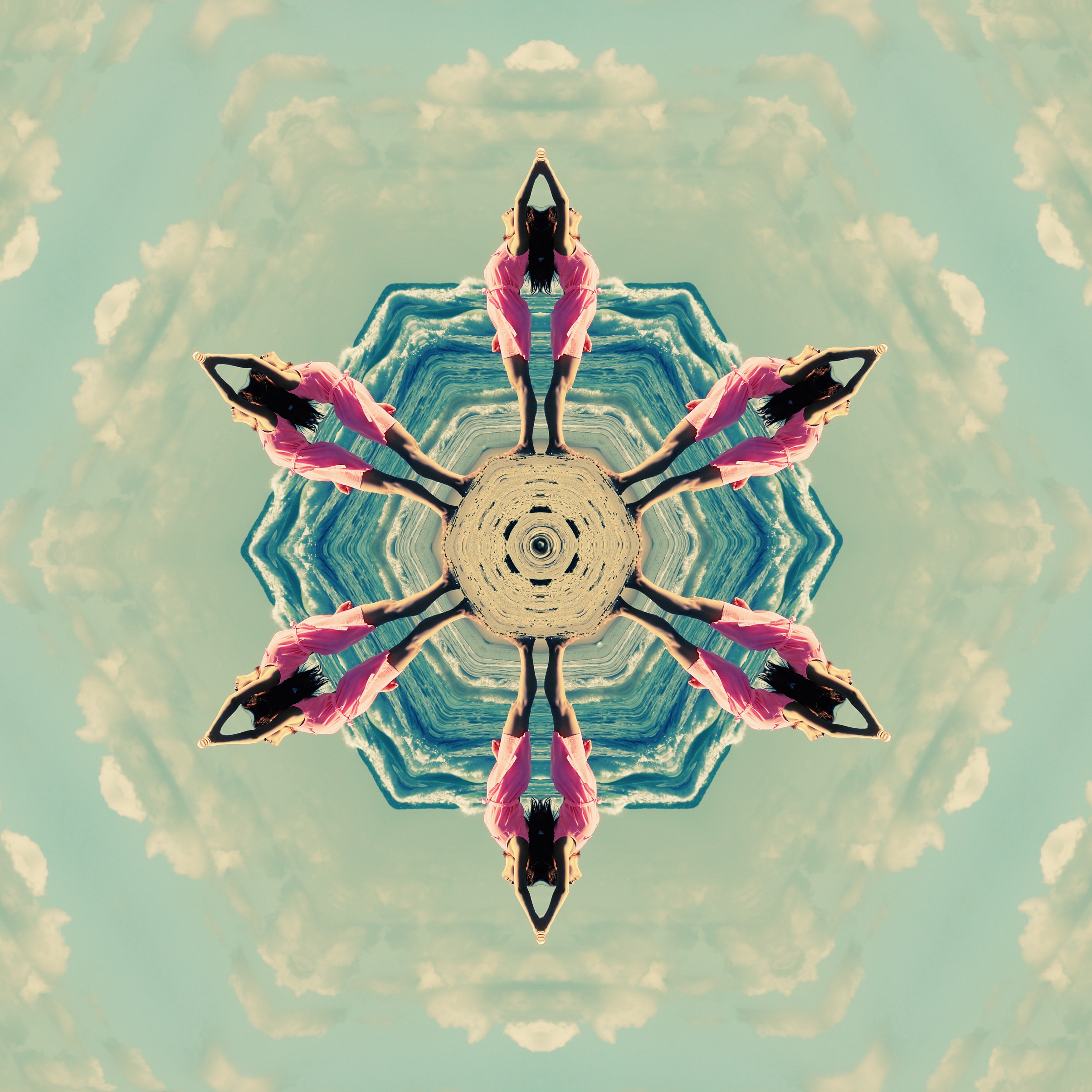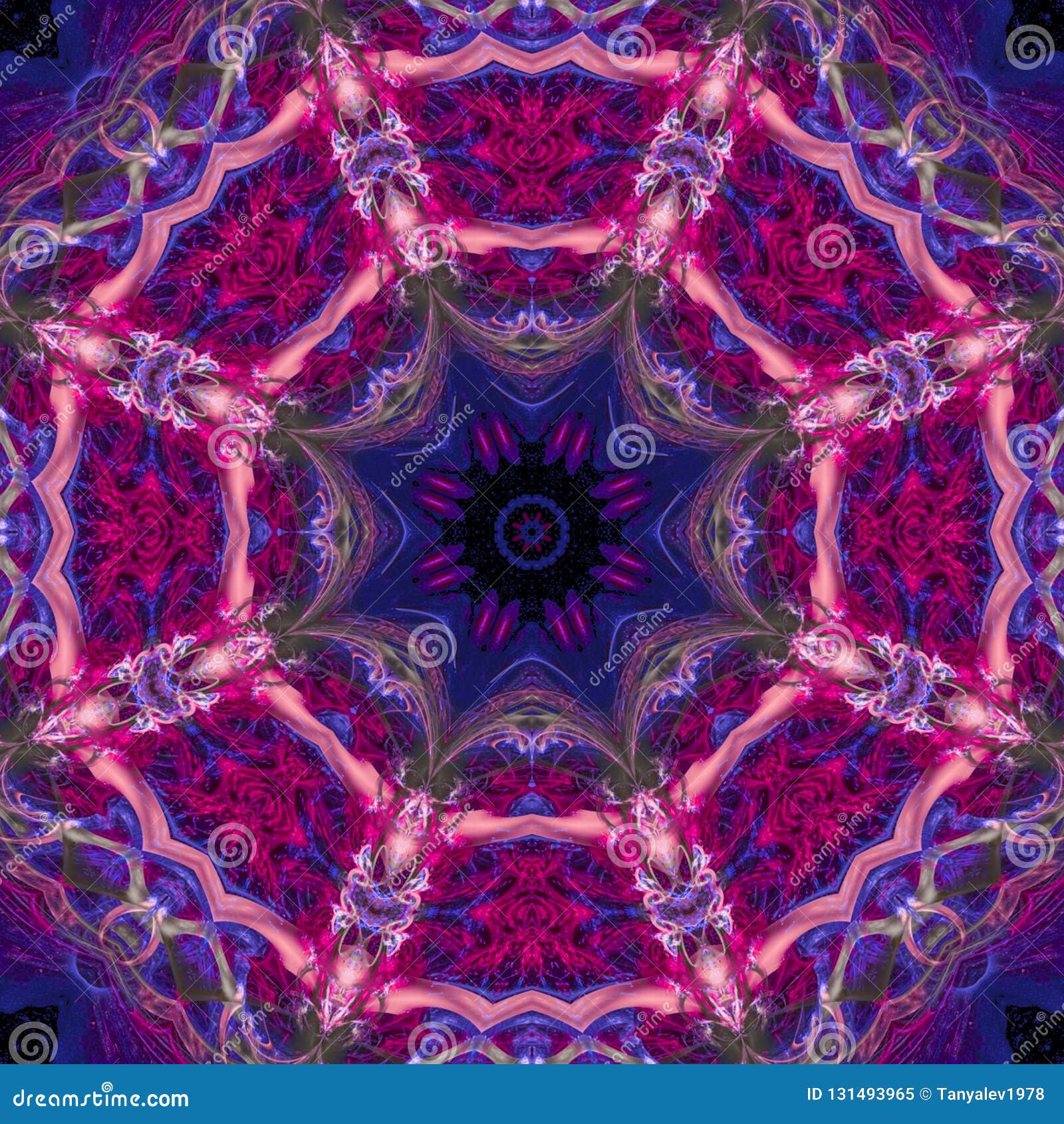
For example, the image I selected was originally 59.44 x 39.62cm so I multiplied 59 by 2 to get 118m then added 4 to get 122. To calculate the dimensions of the canvas, look at the largest side of the image, double that figure and add four. Now we need to add some space around the image. Go to Image > Canvas Size and a window will pop up with the dimensions of your current image. This will enable you to move the image around the canvas. Once you have selected an image and opened it in Photoshop, right click on the image in the layers panel and select Convert to Smart Object. From my own experimentation I’ve found images with bold, contrasting colors and negative space result in the best kaleidoscopic images. I’ve chosen this photograph of some fungi growing on an old tree stump. Step 1 – Setting up the canvasįirst, select a photograph. Although I now spend most of my time looking through the viewfinder of a camera, the magic of the kaleidoscope remains in my mind as an early foray into image making. Remember kaleidoscopes? Those curious tubes with an array of mirrors and colorful beads inside? As a kid, I would while away sunny weekends straining my eye against the viewing aperture, hypnotized by the endless combination of shapes, patterns, and colors.

The resulting kaleidoscope patterns make fantastic desktop backgrounds and wallpapers too.

This tutorial is a lot of fun, transforming photographs into kaleidoscopic wonders, often with surprising results.


 0 kommentar(er)
0 kommentar(er)
